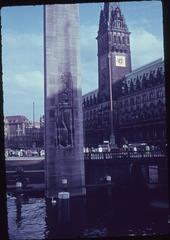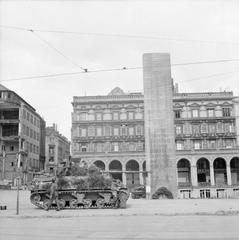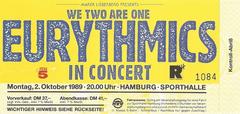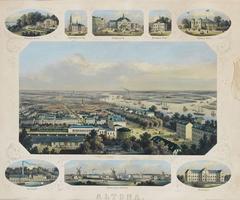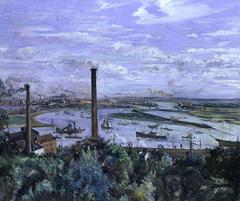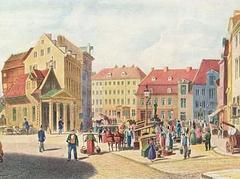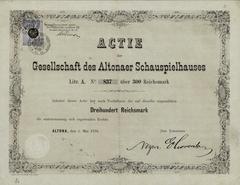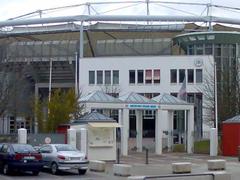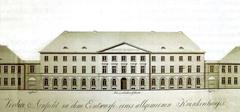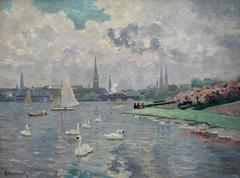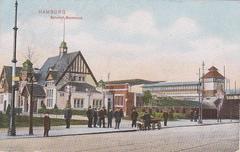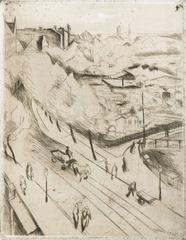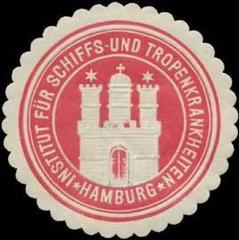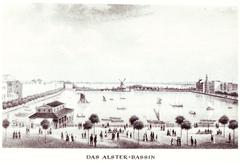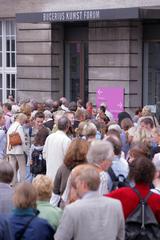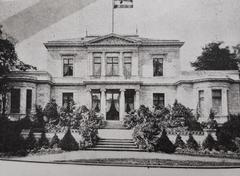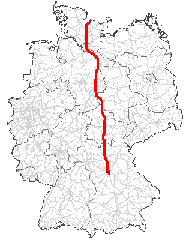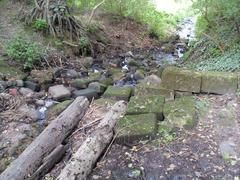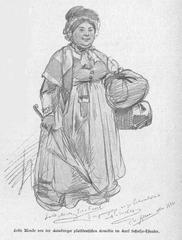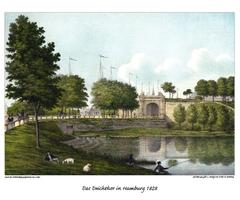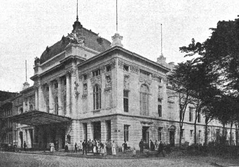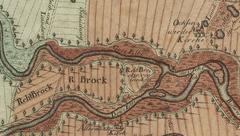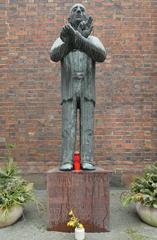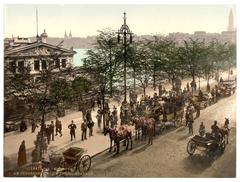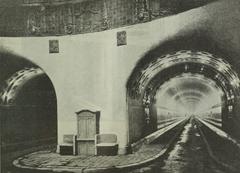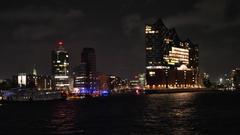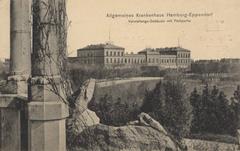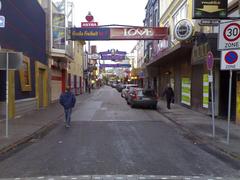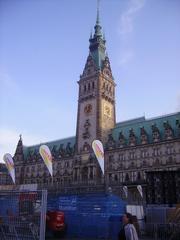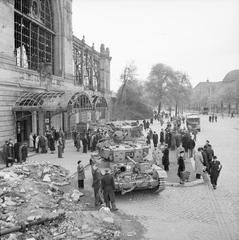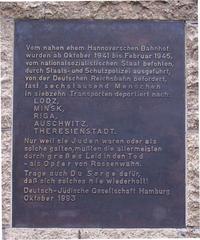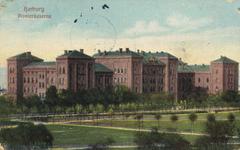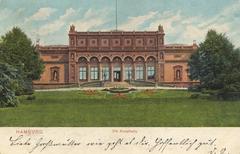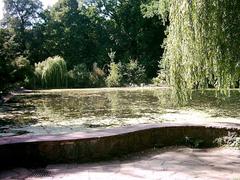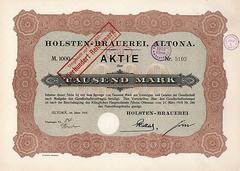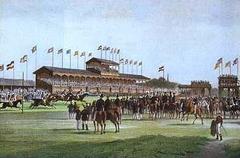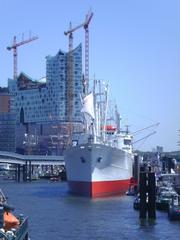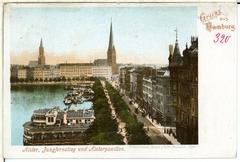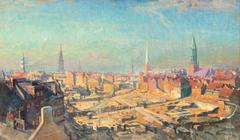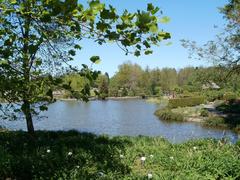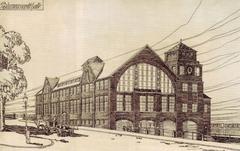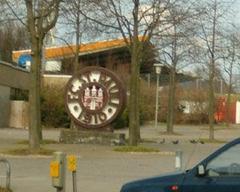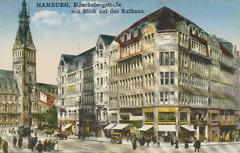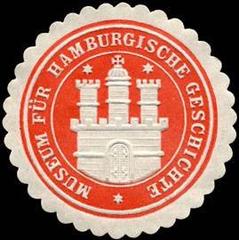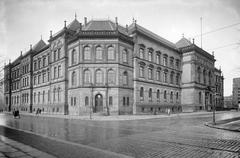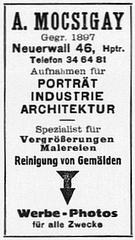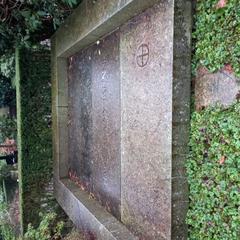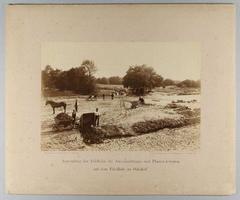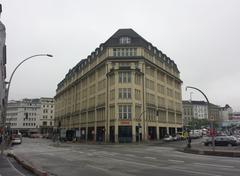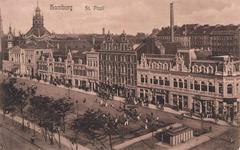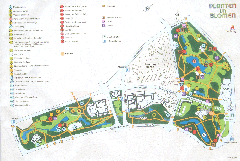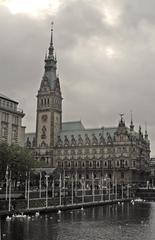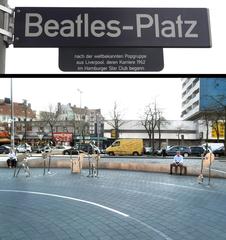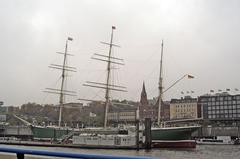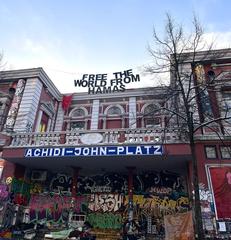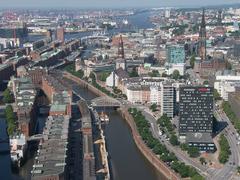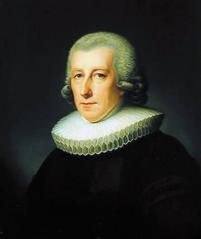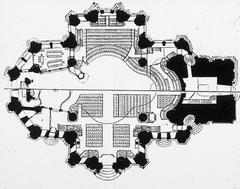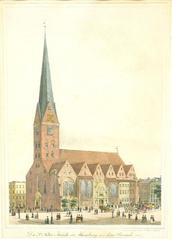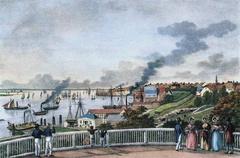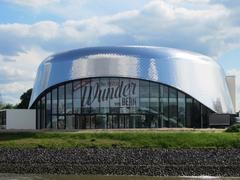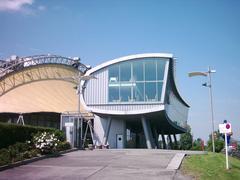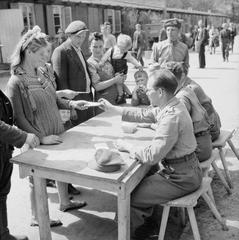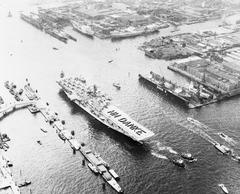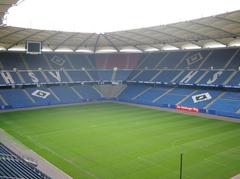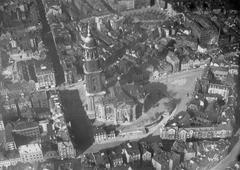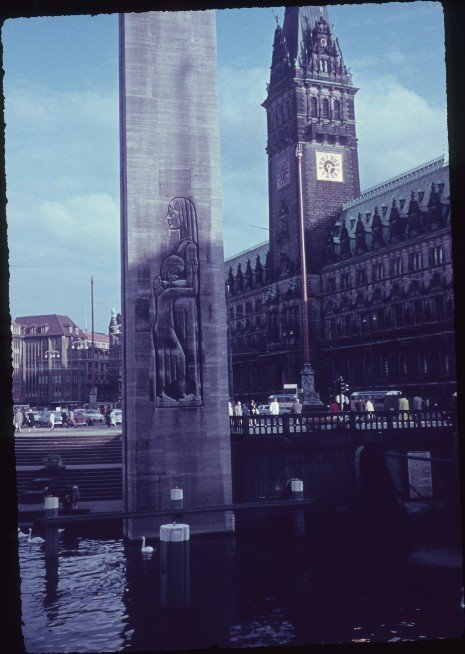
Comprehensive Guide to Visiting Denkmal für die Gefallenen beider Weltkriege, Hamburg, Germany
Last Updated Date: 01/08/2024
Introduction to Denkmal für die Gefallenen beider Weltkriege
The Denkmal für die Gefallenen beider Weltkriege, often referred to as the Hamburger Ehrenmal, is a poignant and historically significant monument located in Hamburg, Germany. This memorial was originally commissioned to honor the fallen soldiers of World War I but was later re-dedicated to include those who perished in World War II. Designed by architect Klaus Hoffmann and featuring the evocative relief ‘Trauernde Mutter mit Kind’ (Mourning Mother with Child) by renowned sculptor Ernst Barlach, the monument serves as a somber reminder of the devastating human cost of war (Hamburg.de) (Hamburgausflug.de) (Wikipedia). Its minimalist, stark design contrasts sharply with more ornate war memorials, emphasizing contemplation and reflection over glorification of conflict. This guide will delve into the rich history and architectural significance of the Denkmal für die Gefallenen beider Weltkriege, provide practical visitor information, and highlight the modern relevance of this enduring symbol of remembrance.
Table of Contents
- Introduction
- History of Denkmal für die Gefallenen beider Weltkriege
- Visiting Information
- Annual Commemorations and Special Events
- Nearby Attractions
- Visitor Tips
- Significance in Modern Context
- FAQ
- Conclusion
History of Denkmal für die Gefallenen beider Weltkriege
Origins and Construction
The Denkmal für die Gefallenen beider Weltkriege, also known as the Hamburger Ehrenmal, is a significant war memorial located in Hamburg, Germany. The monument was initially conceived to honor the fallen soldiers of World War I. The project was commissioned by the Hamburg Senate, which sought to create a central memorial that would not glorify war but rather serve as a somber reminder of its devastating consequences.
The design of the monument was entrusted to architect Klaus Hoffmann, while the renowned sculptor Ernst Barlach was commissioned to create the relief. The relief, titled “Trauernde Mutter mit Kind” (Mourning Mother with Child), was completed in 1931. The monument itself, a 21-meter-high stele, was constructed between 1930 and 1932 and officially unveiled on November 16, 1933 (Hamburg.de).
Architectural and Artistic Elements
The Hamburger Ehrenmal is characterized by its stark, minimalist design, which contrasts sharply with the more ornate war memorials of the time. The stele is made of concrete and features a prominent relief on its front side, depicting a grieving mother holding her child. This poignant image was intended to evoke the sorrow and loss experienced by countless families during the war (Hamburgausflug.de).
On the reverse side of the monument, an inscription reads: “Vierzigtausend Söhne der Stadt ließen ihr Leben für Euch — 1914–1918” (Forty thousand sons of the city gave their lives for you — 1914–1918). This inscription underscores the immense human cost of the war and serves as a stark reminder of the sacrifices made by the city’s inhabitants (Wikipedia).
Nazi Era and Modifications
During the Nazi regime, the Hamburger Ehrenmal underwent significant changes. In 1938, the original relief by Ernst Barlach was removed by the National Socialists, who deemed it “degenerate art.” It was replaced with a new motif featuring a rising phoenix, created by sculptor Hans Martin Ruwoldt. This alteration was part of a broader effort by the Nazis to reshape public monuments to align with their ideological narratives (Wikipedia).
Post-War Reconstruction and Re-dedication
After World War II, the monument was restored to its original form. In 1949, the phoenix motif was removed, and Barlach’s relief was reconstructed by the stone mason Friedrich Bursch. The monument was then re-dedicated to honor the victims of both World Wars, becoming the official memorial for the fallen soldiers of Hamburg (Hamburgausflug.de).
Visiting Information
Opening Hours and Tickets
The Hamburger Ehrenmal is open to the public year-round. There is no admission fee to visit the monument, making it an accessible attraction for all visitors.
Location and Accessibility
The monument is strategically located near the Alsterarkaden, close to the Rathausmarkt, making it easily accessible to both locals and tourists. The nearest U-Bahn stations are Jungfernstieg and Rathaus. Visitors can also reach the monument by car, with parking available at nearby facilities such as the Bucerius Passage parking garage (Hamburg.de).
Annual Commemorations and Special Events
The Hamburger Ehrenmal holds a significant place in the city’s annual commemorative events. Each year on Volkstrauertag (National Day of Mourning), wreaths are laid at the monument by representatives of the Hamburg Senate and Bürgerschaft (City Parliament). This ceremony serves as a solemn reminder of the sacrifices made by the city’s residents and underscores the ongoing importance of remembering the past (Wikipedia).
Nearby Attractions
In addition to the monument itself, the surrounding area offers a wealth of historical and cultural attractions, including the Hamburg Rathaus, the Jungfernstieg promenade, and the Mönckebergstraße shopping district. These sites provide a comprehensive experience of Hamburg’s rich history and vibrant urban life.
Visitor Tips
For those planning to visit the Hamburger Ehrenmal, it is recommended to allocate sufficient time to fully appreciate the monument and its surroundings. The site is easily accessible by public transportation, with the nearest U-Bahn stations being Jungfernstieg and Rathaus. Visitors can also reach the monument by car, with parking available at nearby facilities such as the Bucerius Passage parking garage (Hamburgausflug.de).
Significance in Modern Context
Today, the Hamburger Ehrenmal stands not only as a memorial to the fallen soldiers of the World Wars but also as a symbol of the city’s resilience and commitment to peace. Its history reflects the turbulent events of the 20th century and serves as a powerful reminder of the need to remember and learn from the past. The monument’s minimalist design and poignant relief continue to evoke strong emotions among visitors, making it one of Hamburg’s most visited and photographed landmarks. Its enduring significance is a testament to the power of art and architecture to convey profound messages about history, loss, and remembrance (Viatravelers.com).
FAQ
What are the visiting hours for Hamburger Ehrenmal?
The Hamburger Ehrenmal is open to the public year-round, with no specific visiting hours, as it is an outdoor monument.
How much do tickets cost for Hamburger Ehrenmal?
There is no admission fee to visit the Hamburger Ehrenmal.
Conclusion
By visiting the Hamburger Ehrenmal, tourists can gain a deeper understanding of the city’s past and the enduring impact of the World Wars on its community. The monument serves as a poignant reminder of the sacrifices made by previous generations and the importance of striving for a more peaceful future. For more information and updates, consider following our social media channels or downloading our mobile app Audiala.
References and Further Reading
- Title: Hamburger Ehrenmal, Year: n.d., Author: n.a. Hamburg.de
- Title: Hamburger Ehrenmal, Year: n.d., Author: n.a. Hamburgausflug.de
- Title: Hamburger Ehrenmal, Year: n.d., Author: n.a. Wikipedia
- Title: Landmarks in Hamburg, Year: n.d., Author: n.a. Viatravelers.com
